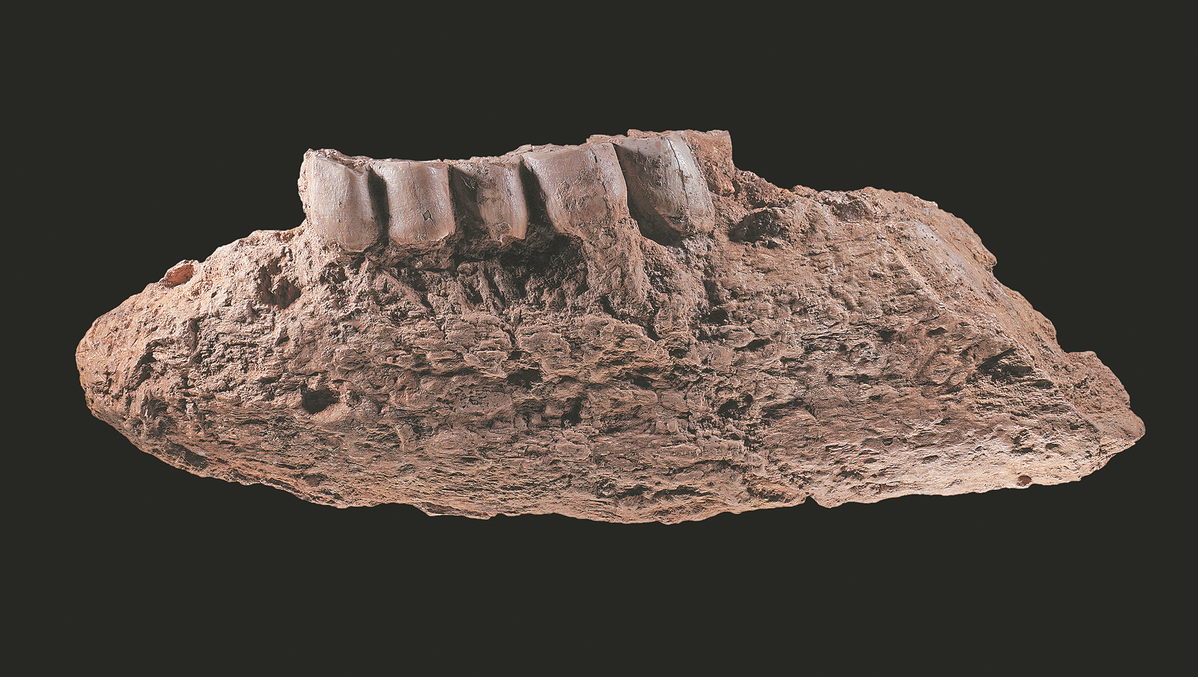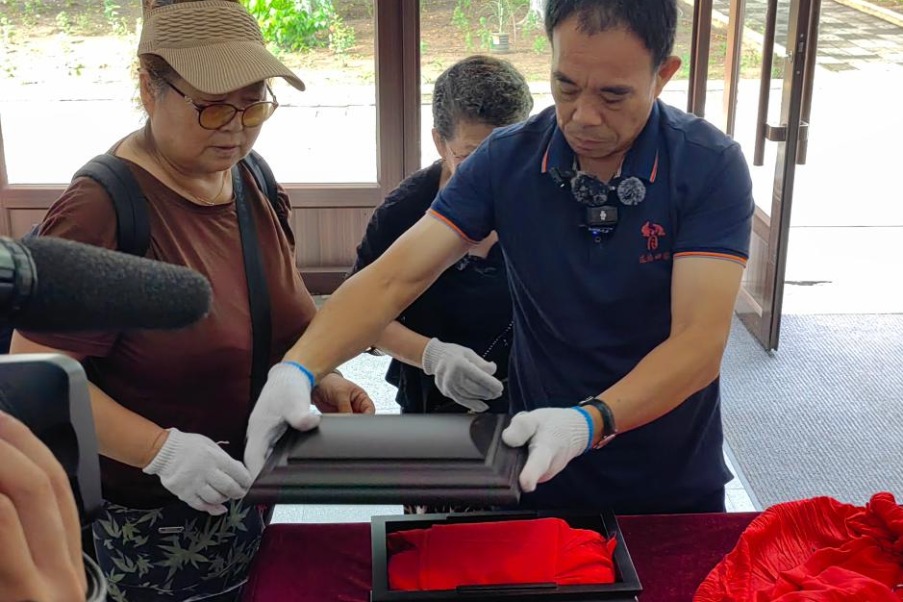Paleolithic site sheds light on human origins


The discovery of the Paleolithic Mengxihe site in Ziyang, Sichuan province, was declared as one of the six most important archaeological finds in China last year at an archaeology forum organized by the Chinese Academy of Social Sciences on Tuesday.
The Mengxihe site dates back 50,000 to 70,000 years, and has yielded abundant stone, bone and wooden tools, fossils of more than 30 types of animals including bear, fish and bird, a wide range of plant remains and traces of human activities like carvings, cuttings and use of fire.
It is one of the richest Paleolithic sites in terms of material remains and elements related to human activities, said Zheng Zhexuan, director of the Paleolithic Archaeology Institute at the Sichuan Provincial Institute of Cultural Relics and Archaeology.
The site was discovered in 2021 when the embankment near it got flooded, washing out animal fossils and ebony remains. An archaeological rescue effort was then carried out by the Sichuan Provincial Institute of Cultural Relics and Archaeology and the Chinese Academy of Sciences' Institute of Vertebrate Paleontology and Paleoanthropology and from 2022 to 2023.
- South China city reports over 1,700 Chikungunya cases
- Xinjiang starts building new expressway linking north and south
- Intl tourists captivated by traditional opera gala in Kunshan
- Training and transport jets showed at Changchun air show
- Dunhuang expo offers a key platform for dialogue among civilizations
- Lora Saalman: Beijing Xiangshan Forum crucial for dialogue amid cybersecurity risks




































